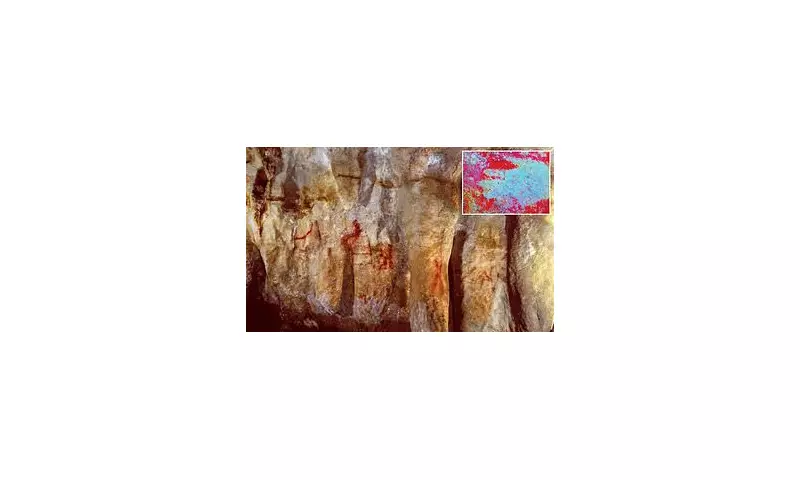
A remarkable archaeological discovery in the limestone caves of Wales is sending shockwaves through the scientific community, challenging long-held beliefs about human history and artistic development in Britain.
Rewriting Prehistoric Britain
Deep within a Welsh cave system, researchers have uncovered what they believe to be Britain's oldest known cave art – sophisticated engravings dating back approximately 15,000 years to the Upper Palaeolithic period. These extraordinary findings are forcing a complete rethink of when humans first developed complex symbolic expression in the British Isles.
The Masterpieces in Stone
The artwork includes meticulously crafted geometric patterns, zigzag lines, and what appear to be rudimentary representations of animal forms. Unlike simple scratch marks, these engravings demonstrate clear intentionality and technical skill, suggesting the work of artists who had mastered their medium.
Archaeologists were stunned by the sophistication of the designs, which show a level of cognitive development previously not attributed to humans of this period in Britain. The patterns bear striking similarities to cave art found in mainland Europe, particularly in France and Spain, though they are thousands of years younger than their continental counterparts.
Scientific Implications
This discovery fundamentally challenges our understanding of human migration and cultural development during the last Ice Age. Previously, most experts believed that Britain was largely depopulated during this period due to harsh glacial conditions.
The findings suggest that small groups of hunter-gatherers not only survived in Britain but maintained complex cultural traditions, including artistic expression that required significant time and effort to produce.
Dating the Artwork
Using advanced dating techniques including uranium-series analysis, scientists have confirmed the artwork's astonishing age. The research team employed cutting-edge technology to analyse mineral deposits that had formed over the engravings, providing reliable minimum ages for the artwork beneath.
The methodology involved:
- Microscopic analysis of tool marks
- Comparative study with European cave art
- Advanced radiometric dating techniques
- 3D digital mapping of the cave surfaces
Broader Historical Significance
This discovery doesn't just add a new chapter to British prehistory – it demands that existing chapters be rewritten. The presence of such sophisticated artwork indicates that these early Britons possessed:
- Advanced cognitive abilities for symbolic thought
- Complex social structures that supported non-essential activities
- Technical skills for creating permanent artistic records
- Cultural continuity across generations
The implications extend far beyond archaeology, touching on fundamental questions about what makes us human and how culture develops across time and space. These ancient artists were not merely surviving – they were creating, expressing, and leaving their mark for future generations to discover.
As research continues in the Welsh caves, scientists anticipate that even more revelations about our ancient ancestors await discovery, potentially rewriting the story of human creativity and resilience in the face of extreme environmental challenges.





